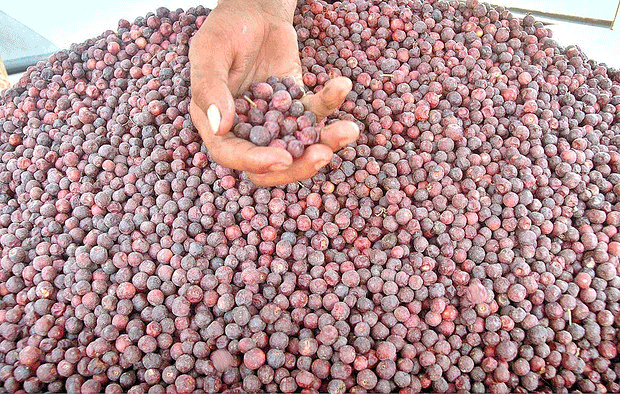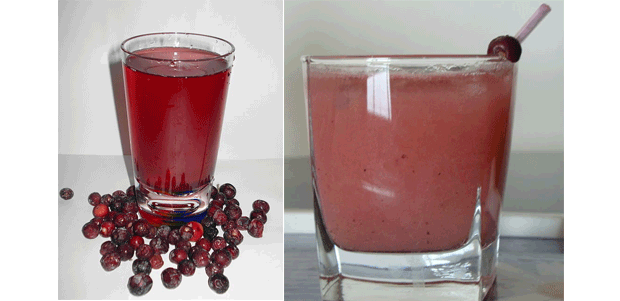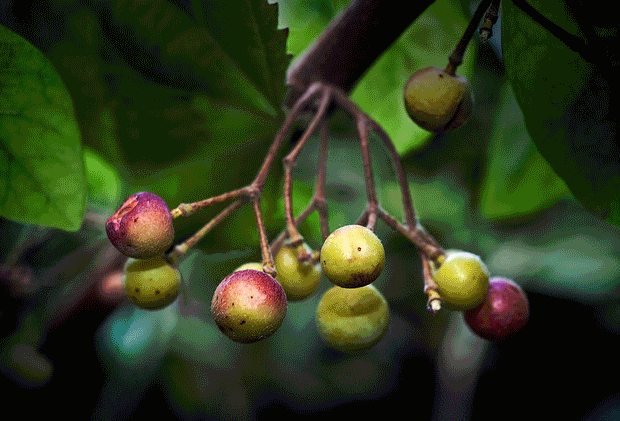|
Phalsa or Falsa, is a fruit of the tree Grewia
asiatica, which is a native of India and other countries like Nepal,
Pakistan, Bangladesh, Cambodia and Thailand. It has also been
naturalised in Australia and the Philippines. It is a small tree that
grows to a height of 15 to 20 feet and bears sour sweet tiny reddish
purple fruits which resemble blueberries. The tree fruits during the
peak summer months of May and June each year.
The fruits are easily perishable and its juice can be prepared to last
the entire summer. Also, the fruits are eaten as they are with the
addition of a little salt and black pepper.
The fruit is consumed for its cooling effect in summer as well as for
its other health benefits.
The entire tree has various other uses.
|
|
 |
|
Uses Of The Phalsa Tree
The fruits are used to treat various health problems.
The leaves are used as cattle fodder.
The branches are used to make baskets for transporting vegetables and
fruits, as a fuel and the wood is used to make the archer's bow, spears,
handles, poles etc.
The bark is used to make ropes and as a substitute for soap. Also, the
mucilage which is extracted from the bark by pounding it in water is
then used to prepare brown sugar from sugarcane juice due to its
clarifying effect.
Nutrients & Antioxidant Activity Of Phalsa
The following nutrients are present in Phalsa :
Good levels of Potassium, low levels of Sodium, rich in Vitamin C,
Calcium, Phosphorus and fibre.
The seeds contain palmitic, stearic, oleic and linoleic acids.
The fruit peel has the highest antioxidant activity followed by the pulp
and then the seeds.
The fruits also offer radiation protection.
The leaves also exhibit antioxidant activity.
|
|

|
|
Health Benefits Of Phalsa
It is excellentl to alleviate summer thirst and hot weather related
problems.
The raw fruit relieves inflammations, fevers and blood disorders. It
purifies blood.
A wonderful reliever of respiratory ailments like asthma, bronchitis,
colds, coughs and sore throat.
It relieves urinary problems like burning and the juice aids in
relieving digestive problems like excess acidity and indigestion.
The infusion of the bark is used to treat diarrhoea.
The paste of the leaves cures skin infections like eczema and eruptions
and heals wounds.
The fruit relieves liver and gall bladder problems, regulates blood
pressure and cholesterol.
The seeds are used to treat gonorrhoea and fertility problems.
It protects from sunstroke, cures anaemia.
The bark of the root is used to treat rheumatism.
|
|

|
|
Recipe For Phalsa Sherbet
Ingredients
1/2 Kg Phalsa fruit
2 Litres Water
2 Tsp Ground cumin seeds
2 Tsp Rock salt
1/4 Kg Jaggery or Sugar
Fresh mint leaves for garnishing
Method
Soak phalsa in water for 30 minutes.
Strain out the fruit.
Mash the fruit and remove the seeds.
Add ground cumin, rock salt and jaggery to the water. Mix well.
Chill, add garnishing and serve. |
|
 |
| |
|
|